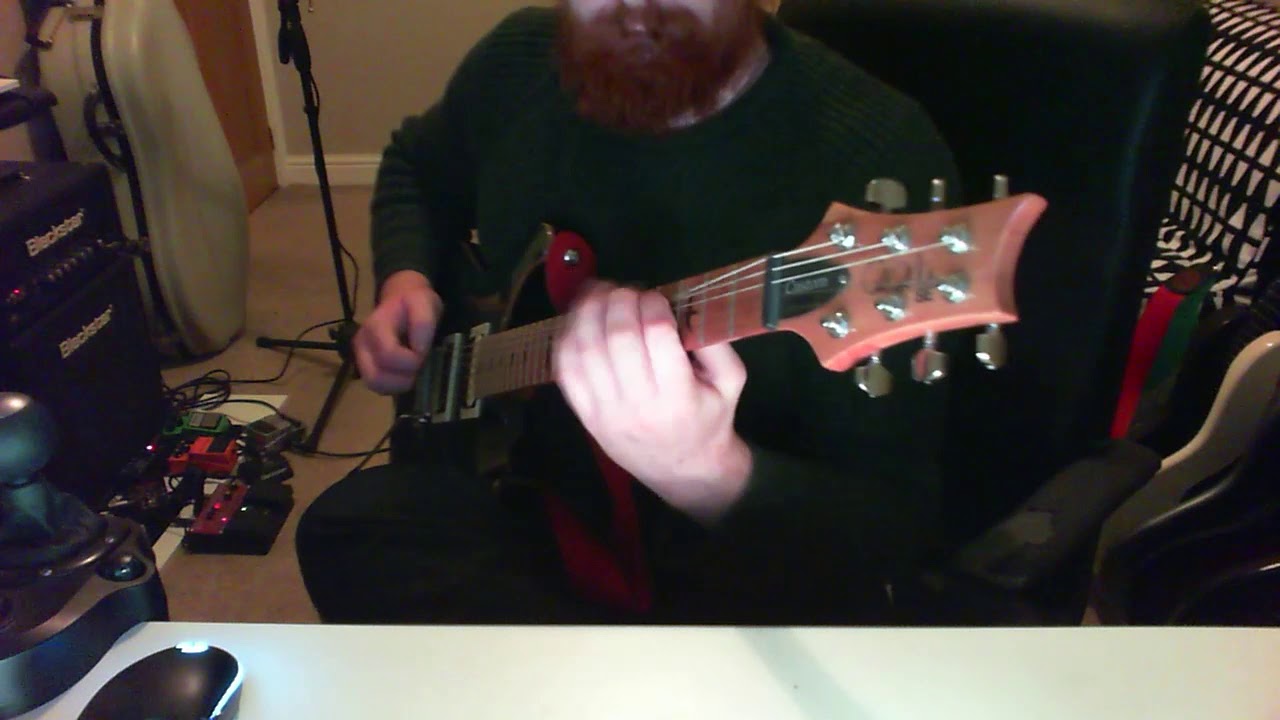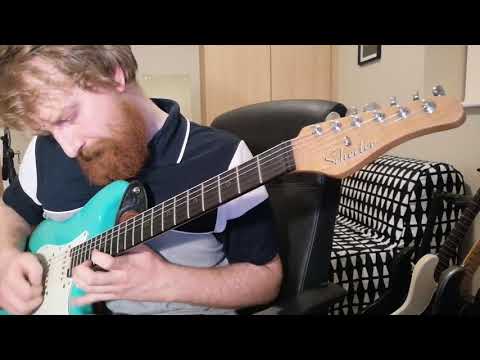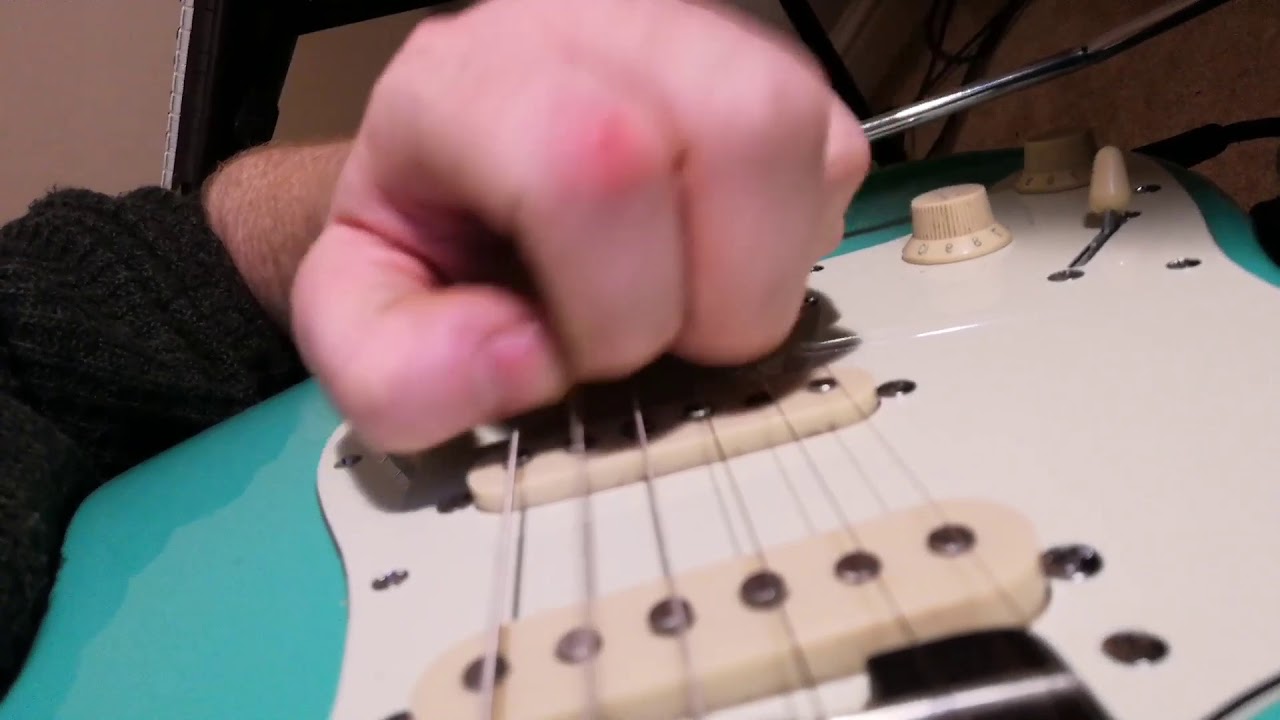Hello everyone - towards the beginning of this year, largely inspired by Cracking the Code, I decided to conduct a complete rebuild of my picking technique after years of hitting a wall with my old approach. I’m pretty pleased with my progress so far although there’s still some work to do. I have some issues with left and right hand synchronisation sometimes and am working on my timing to improve this.
In an attempt to develop a sort of universal technique that could be applied to any line (it never quite works that way, I know, but it was worth a try) I ended up with what I think is quite an odd technique. Rather than dragging the pick through the string and plucking it as I did before, I now visualise stroking either side of the string with every pick stroke and letting the shape of the pick do the work. At slow speeds gives my wrist a “brush stroke” type motion.
I realise this seems very close to the dreaded string-hopping trap but I’ve never really found an issue with movement between strings. In any case, It’s an improvement on what I had before where switching strings was the bane of my existence.
I really like the timbral quality this new approach gives. When combined with heavy muting, it offers a very aggresive Gilbert-esque sound whilst keeping the picking hand relaxed and free of tension. In the clean part of the video, you can hear that my picking’s generally pretty light.
I’m basically interested in seeing how my technique would be described in Cracking the Code nomenclature. I think it’s a double escape / cross-picking approach as my pick angle stays pretty neutral. However, as I mentioned before there’s elements of string-hopping in there due to the stroking motion. As far as I can tell. I create this string-hopping curved motion by flicking my wrist away from the guitar on the downstroke and rotating my forearm upwards slightly on the upstroke. This motion becomes pretty miniscule at high speed although it’s more obvious on the descending inside picking runs in the video below.
So yes, any analysis and advice on areas to improve is much appreciated. Apologies for the quality of the video. For some reason I couldn’t get the sound to render on the slow-mo section at the end.




 I accept the tradeoff because I really like the way the finger contact with the body helps me regulate the elevation of my hand relative to the plane of the strings.
I accept the tradeoff because I really like the way the finger contact with the body helps me regulate the elevation of my hand relative to the plane of the strings.

